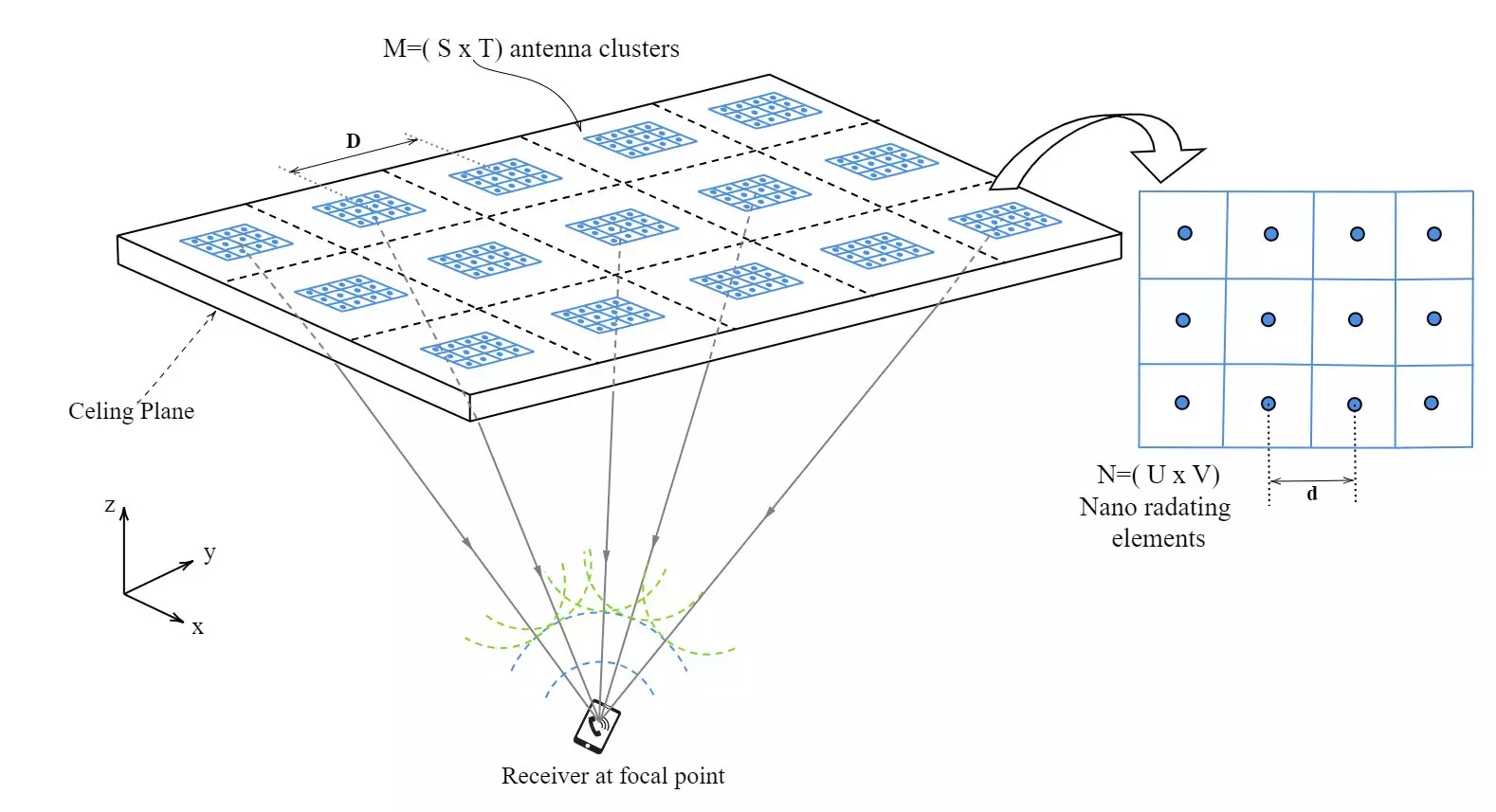In an era where digital connectivity is no longer a luxury but a necessity, the limitations of traditional wireless technologies like Wi-Fi and Bluetooth are increasingly becoming apparent. As the volume of data consumed continues to grow exponentially, caused by factors ranging from the rise of smart devices to the proliferation of high-definition video content, there is an urgent need for communication systems that can keep up. This article explores the nascent field of Optical Wireless Communication (OWC) and its potential to dramatically enhance indoor wireless communication capabilities.
The conventional radio frequency (RF) technologies, although groundbreaking in their time, are now grappling with significant challenges. The most prominent of these challenges is bandwidth limitation; as more devices connect to the same network, the available bandwidth per device diminishes, resulting in slower speeds and increased latency. Additionally, RF systems suffer from signal congestion, especially in densely populated areas where multiple signals collide, leading to disruptions and inconsistent connection quality. In response to these limitations, researchers are exploring innovative forms of communication that can offer a seamless and interference-free experience.
Optical Wireless Communication capitalizes on light signals, particularly those in the infrared spectrum, offering distinct advantages over traditional RF systems. By utilizing infrared light to transmit data, OWC enables higher data rates while sidestepping many of the pitfalls of RF modes of communication. Recent advancements in OWC research have demonstrated that this technology not only promises high-speed data transfer but can do so in an environment that is less susceptible to the interference that plagues conventional wireless systems.
One notable innovation in OWC is the concept of “phased array within a phased array.” This methodology bears similarity to principles found in quantum mechanics, particularly with the concept of superposition. By positioning smaller optical antennas within larger, structured arrays, the system achieves a synergistic effect that enhances signal precision and clarity. This new approach mitigates interference by discarding reliance on a single transmitter—typically vulnerable to obstructions or environmental disruptions—in favor of multiple clusters of transmitters working in unison.
What sets the OWC approach apart from conventional systems is its unique implementation of dual transmission wavelengths. This technique serves to enhance focus and stability in signal transmission while minimizing signal fade, even over larger distances. By improving the beam accuracy through a multi-cluster setup, the system ensures that data transmission remains robust, even in environments filled with physical barriers or competing signals.
Furthermore, energy efficiency is a significant advantage of this OWC system. Traditional wireless communications often suffer from energy wastage as entire networks remain powered, regardless of traffic levels. However, the implementation of an Ant Colony Optimization (ACO) algorithm permits the system to assess operational needs intelligently, activating only the clusters necessary for successful data transmission. This refinement not only aids in operational cost reduction but also supports global initiatives towards greener technology.
Potential Applications Across Various Sectors
The versatility of OWC can benefit a myriad of fields and environments. In healthcare settings, where reliable communication pathways are paramount, OWC could revolutionize data transfer within hospitals, ensuring patient information is both accessible and secure. Industrial and corporate environments stand to gain equally, as businesses adopt more robust internal networks that can handle increasing digital demands smoothly.
Moreover, the principles underlying this phased array technology are not limited to infrared wavelengths. Such adaptability hints at extensive scalability, allowing for future innovation and improvement as communication demands evolve. As technologies progress, the need for efficient and effective communication solutions will only grow—making the contributions of OWC more vital.
The landscape of indoor wireless communication is on the brink of transformation through Optical Wireless Communication technologies. The innovations being explored will not only enhance speed and reliability but will also pave the way for more sustainable communication methods moving forward. As we forge ahead into a future dominated by connectivity, the deployment of OWC systems will ultimately redefine how we interact with technology and one another, crafting a modern digital ecosystem that is efficient, dependable, and environmentally conscious.


Leave a Reply